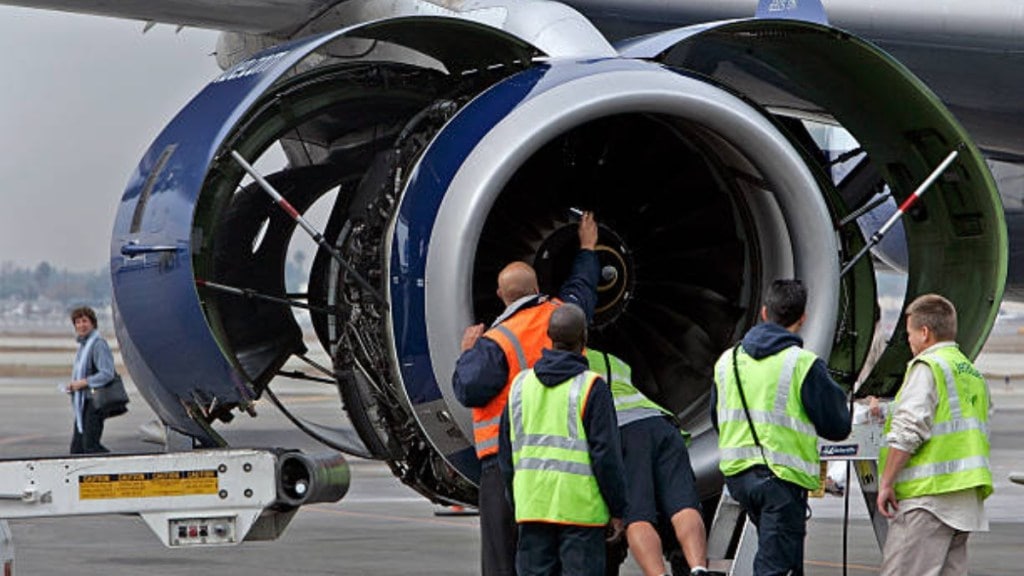A plane crash in South Korea on Sunday, which claimed the lives of 179 out of the 181 people on board, is under investigation. Possible causes being explored include a landing gear malfunction and a bird strike. Though wildlife strikes are not rare in aviation, most incidents do not lead to fatalities or severe injuries.
Between 1988 and 2023, wildlife strikes involving civilian and military aircraft resulted in 76 fatalities in the United States, according to a Federal Aviation Administration (F.A.A.) report released in June. While most of these incidents involved birds, the F.A.A. defines a wildlife strike more broadly, encompassing animals such as coyotes, deer, and bats.
Protocols followed after a birdstrike incident in aviation
When an airline witnesses a birdstrike—an incident where an aircraft collides with a bird—specific protocols are followed to ensure safety and comply with aviation regulations. These protocols generally include:
Immediate action by the Pilot
Safety Assessment: The pilot evaluates the situation to determine if the birdstrike has caused any noticeable damage to the aircraft or affected its performance.
Communication: The pilot informs air traffic control (ATC) about the birdstrike, including details like altitude, location, and any immediate issues with the aircraft.
Decision on Continuation or Return: Depending on the severity, the pilot may decide to:
Continue the flight if no damage is detected.
Return to the departure airport or divert to the nearest airport if there is suspected damage.
Landing and inspection
Once the aircraft lands, it undergoes a thorough inspection by ground maintenance crews.
Critical areas like engines, wings, landing gear, and the fuselage are checked for signs of impact or damage.
If the birdstrike involved engine ingestion, the engines are closely examined for structural or mechanical issues.
Reporting
The airline files a Mandatory Birdstrike Report with the relevant aviation authority (e.g., the FAA in the US, DGCA in India, or EASA in Europe).
Details such as the time, altitude, type of bird (if identifiable) and extent of damage are included in the report.
This information contributes to birdstrike databases used to improve aviation safety and bird hazard management.
Repairs and downtime
If damage is detected, the aircraft is grounded until all necessary repairs are completed.
Replacement of damaged parts, such as turbine blades, is prioritized to ensure airworthiness.
Follow-up with wildlife management
Airports often work with wildlife control teams to mitigate future risks, such as managing habitats near runways, using deterrents, or monitoring bird activity.
Bird radars or sound-based deterrent systems may be deployed to minimize the likelihood of future birdstrikes.
Airlines take birdstrikes very seriously due to the potential safety risks, especially during critical flight phases like takeoff and landing. Regular crew training and airport measures are crucial for managing these incidents effectively.
RobotFalcon: A solution to prevent birdstrikes
The development of the RobotFalcon by the University of Groningen presents a promising solution to mitigate birdstrikes by using a robotic peregrine falcon as a deterrent. The robot, made from fiberglass and Expanded Polypropylene (EPP), has a wingspan of 70 cm and mimics the movements of a large falcon. Its primary purpose is to scare away birds that may pose a risk to aircraft. The design includes propellers on its wings, allowing for controlled flight, and a camera on its head enables first-person viewing for the operator during flight.
Research published in The Royal Society highlighted the success of the RobotFalcon in deterring bird flocks, particularly corvids, gulls, starlings, and lapwings. Tests conducted in 2019 near Workum, Netherlands, showed that the robotic falcon was able to clear fields from bird flocks within five minutes of flight. Remarkably, 50% of sites were cleared in just 70 seconds. Additionally, the birds remained deterred for hours after the robot’s intervention.
Compared to drones, the RobotFalcon proved to be more effective in clearing birds, with faster results and a higher success rate. Its lifelike appearance and movements make it a more natural and effective deterrent, potentially offering a new way to address the challenge of birdstrikes at airports and other areas prone to such risks. This innovation could greatly enhance airport safety and reduce the need for more invasive or less effective bird control methods.


